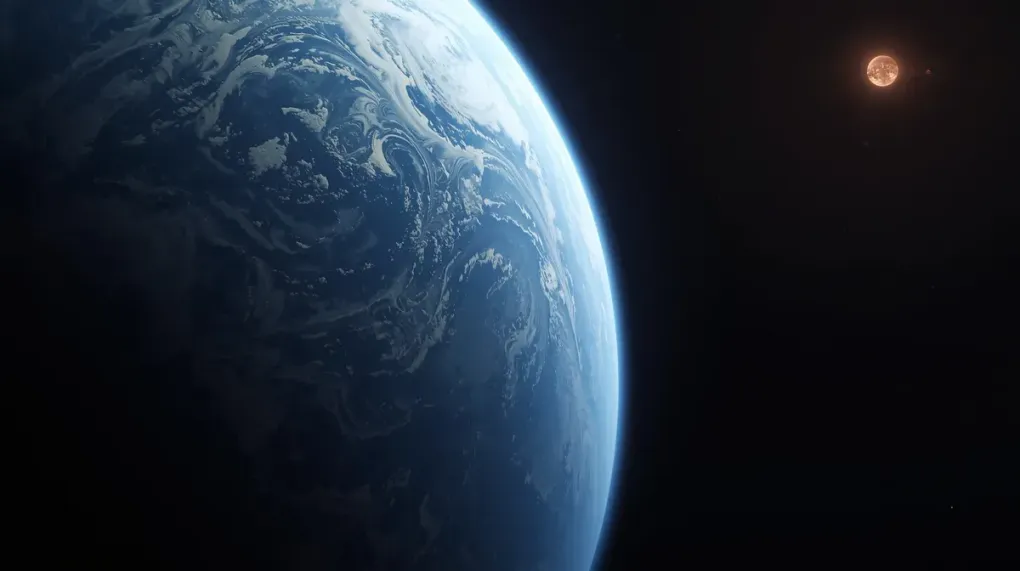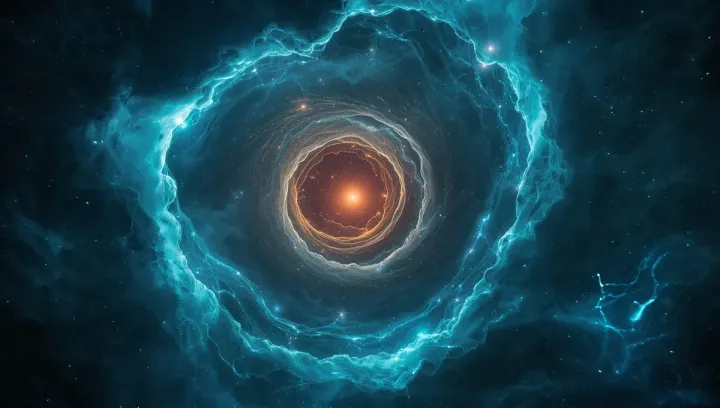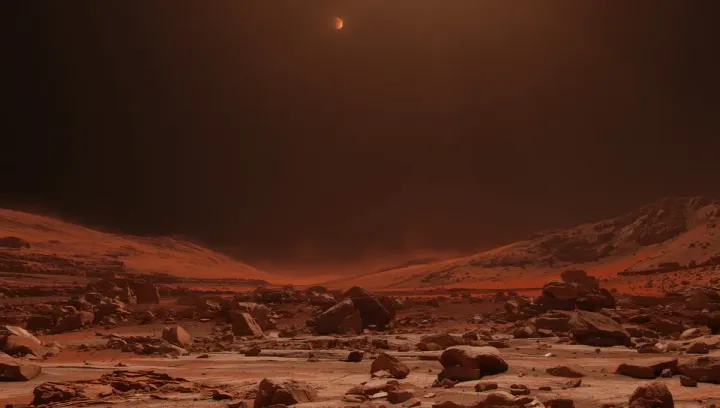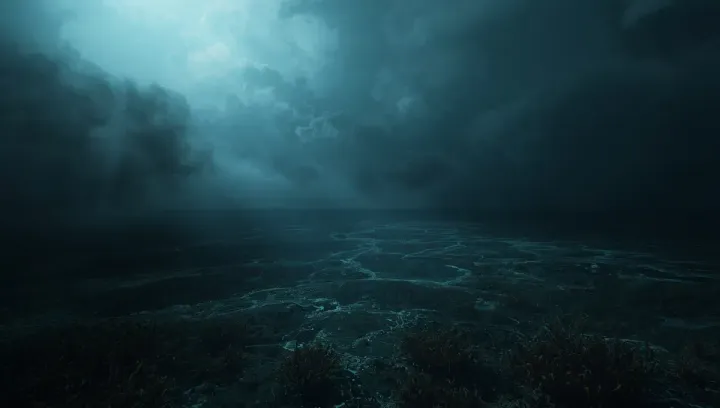
A 'Super-Earth' in the Habitable Zone: Meet TOI-715b
The search for life beyond Earth often feels like looking for a needle in a cosmic haystack. But every so often, astronomers find something that makes the haystack a little smaller. NASA’s recent discovery of a “super-Earth” called TOI-715 b is one of those moments. It’s not just another dot in the sky; it’s a prime candidate in the ongoing search for habitable worlds.
The Discovery: A World in Prime Position
Located a mere 137 light-years away, TOI-715 b is, in astronomical terms, a next-door neighbor. Discovered by NASA’s Transiting Exoplanet Survey Satellite (TESS), this planet is about one and a half times wider than Earth. It orbits a red dwarf star—smaller and cooler than our Sun, which is currently the best bet for finding rocky, potentially habitable planets.
What makes this discovery so exciting is its location. TOI-715 b orbits within its star’s “conservative” habitable zone.
What is the ‘Conservative’ Habitable Zone?
Think of it as the “Goldilocks” zone 2.0. While the standard habitable zone is the broad area where liquid water could exist, the conservative zone is a narrower, more robust definition. It’s the sweet spot where the conditions are just right, making the planet a more promising candidate for hosting liquid water, a key ingredient for life as we know it.
Because it orbits a small, cool red dwarf, the planet has a very tight “year,” completing a full orbit every 19 days. This proximity is what keeps it warm enough, despite its star’s lower temperature.
The Next Step: Enter the Webb Telescope
Finding the planet is just the first step. The real work begins now, and it’s a job for the James Webb Space Telescope (JWST). TESS is a planet-finder, but Webb is a character-reader. Scientists will use Webb to point at TOI-715 b and look for signs of an atmosphere.
Much depends on the planet’s mass and composition. If it’s a “water world,” its atmosphere would be more prominent and easier for Webb to detect. The data gathered will help determine if this super-Earth has the right ingredients to be a truly habitable world.
As a bonus, the data hints at a second planet in the same system, this one potentially Earth-sized and also in the habitable zone. If confirmed, it would be the smallest habitable-zone planet TESS has ever found.
My Take
This discovery is a perfect example of how modern astronomy works. TESS finds the candidates, and Webb investigates them. TOI-715 b is more than just another exoplanet; it’s a top-tier target for a telescope powerful enough to sniff out the chemical signatures of a distant world’s atmosphere. We are on the cusp of moving from simply counting exoplanets to truly understanding them. And that is an exciting place to be.
Source: This post is based on the article “Discovery Alert: A ‘Super-Earth’ in the Habitable Zone” published by NASA on January 31, 2024.


